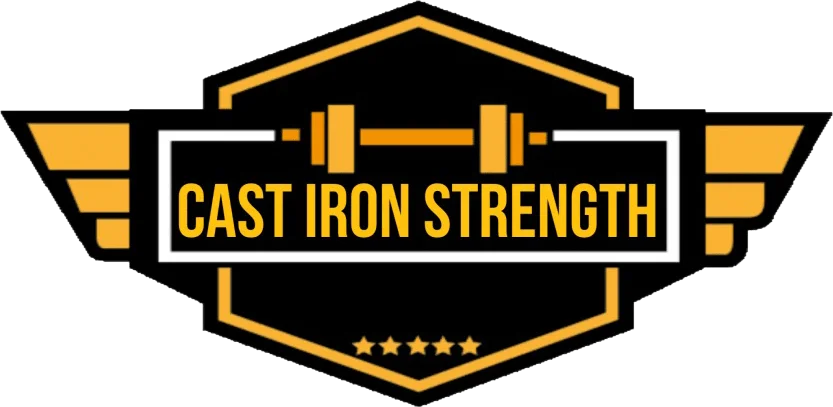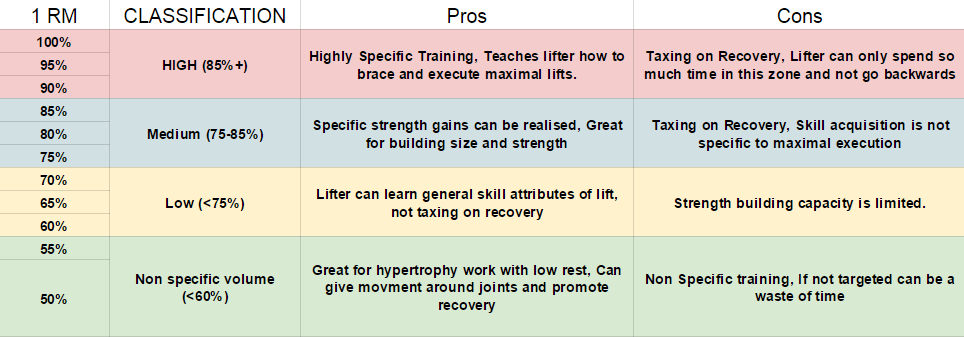IF anyone of my readers has ever come across the work of Charlie Francis you should be familiar with the concept of what he considered to be high intensity work and what he considered to be low intensity work. These opinions eventually where crystalised into his training system for elite sprinters which produced Olympic and World championship and Ben Johnston whose world record time from the 1987 olympics would place him in the top 7 fastest sprint times of all time a time performed nearly 30 years ago. Such was the drug scandal that followed that his name does not appear on any all time lists on wikipedia or all time athletics.
I do not wish to comment on the drugs scandal that insued or the state of drugs in sport because it is irrelevant for the scope of this article. What I can see is the objective results that this training regime produced that time of 9.79 seconds still stands up when compared with other drug cheats from the modern era Asafa Powell tested positive for a stimulant in 2013 and was handed an 18 month ban his best recorded time 9.72 seconds and Tyson gay banned in 2013 for banned substances holds a best of 9.71.
Results like this demand attention and as such I have read and studied Charlie Francis much influenced by fellow coaches and friends who are infatuated with the man and his work. Having watched some of his DVDs and read his book “The Charlie Francis Training System”. I must say I have been hugely impressed and it has influenced my work with the sports athletes that I work with and it has resulted in some impressive outcomes.
However it is not something I have looked at with lifters until now. Let us introduce the man responsible for the high and low concept.
Charles Merrick “Charlie” Francis (October 13, 1948 – May 12, 2010) was an Olympic sprinter and sprint coach from Canada most noteworthy for being the trainer of sprinter Ben Johnson, the first competitor to be stripped of an Olympic gold medal for using banned drugs, and sprinters Angella Issajenko, Mark McKoy, and Desai Williams. Francis was banned by Athletics Canada following his admissions at the 1989 Dubin inquiry that he had introduced Johnson to steroids.
High vs Low
Charlie Francis based his measures of running intensity of velocity if your personal best was 10.21 over 100 meters than your 100% intensity for that event would be 9.79 meters per second. High intensity running is termed as 95-100% of this value. Medium intensity is termed as 76-94% of this value. Low intensity is termed as below 75% of this value. An excellent summary of these bandings can be seen below.
With this in mind now we can easily see how this could be interpreted in strength training we can use our 1RM in a movment as our 100% marker of intensity. Charlie’s bandings are obviously specific to sprinting so we will need to adapt it to strength training. It is however the key concept that we are going to utilize in developing a High/Low strength programme. For the purposes of this article we are going to concentrate on powerlifting. This concept however can be easily applied to crossfit, strongman or weightlifting with ease.
Classifying High and Low in terms of Weight
Whilst the concepts of High and low in their current form hold great relevance for running they are not quite right for lifting. If a lifter was to perform all of their training volume >95% intensity they would be unable to accrue enough specific volume to improve and the likelihood is the lifter would take a downward turn in their fitness. To make this concept work for lifting we must come up with a classification that makes sense. Below is such a classification.
Week structure
Now that we have an understanding of High vs Low and what that means for strength training. How do we organise that in a week that will allow us to train 3 lifts, get stronger and improve our recovery. Due to the muscular effort in powerlifting it takes 48-72 hours to recover from a high session since their is not only fatigue but also mechanical damage to deal with. As such 2 high days is probably as good as we can manage and be 100% for each session. We will use the low days for skill acquisition in the lifts. This is volume that can be used to address specific issues in your technique. We will use our third day as active recovery where we can work on general strength qualities, mass and recovery aids.
This is how it looks when put into a week structure.
There are only 2 days where the meaningful volume in competition lifts is high. The skill day allows for only a single session to be performed with light loads followed by a light conditioning session. This should be in the form of a bike or swim for heavy lifters or if a lighter athlete enjoys running they may perform a tempo session. The active recovery session allows for non specific bodybuilding movements and a regeneration session in the PM.
The athlete should not be looking to spend any more than the following in each session
- High session < 70 mins total length
- Low session < 40 mins total length
- Active rest <25 mins total length
Here you can see a visual of what this week looks like in terms of intensity and total lifting volume (including non specific bodybuilding work).
One week does not a programme make.
Hopefully you now have in your mind how this forms together in a day to day, session to session manner. Now you can visualise how it will work and the rationale behind it your probably wondering how this would be put together into a programme that is going to make you stronger. Well to achieve this we need to put together a training cycle. For the purposes of this article it will be a repeatable training cycle you can re-run ad infinitum (until it stops working of course!).
You can of course do a better job of splitting up the intensities and volume but this should illustrate the trend. The key concept of this organisation of training is to allow a lifter 2 heavy training days for all competitive lifts while recovering fully for each one. You can also work on technical issues and promote recovery.
What next for high vs low?
If your an intermediate to advanced lifter you can look at this programme as a way of maintaining an active lifestyle while getting stronger at the lifts that mean the most to you. I am going to adopt this week structure into my own training and see what the outcomes are.
If you would like to work together on organising your training you can contact me to investigate online coaching or request a bespoke programme.
Marc















